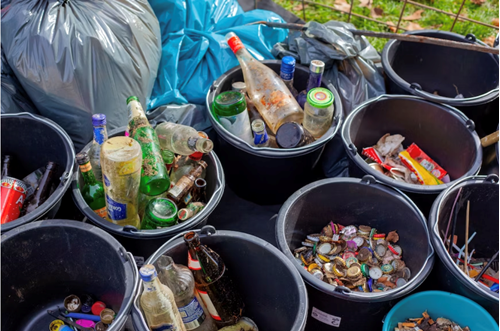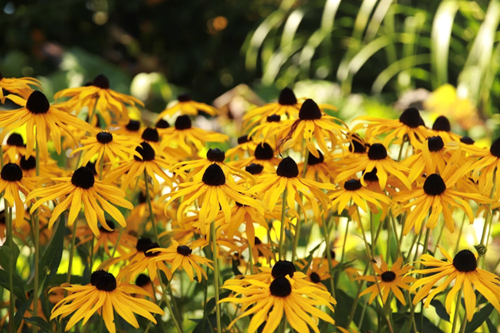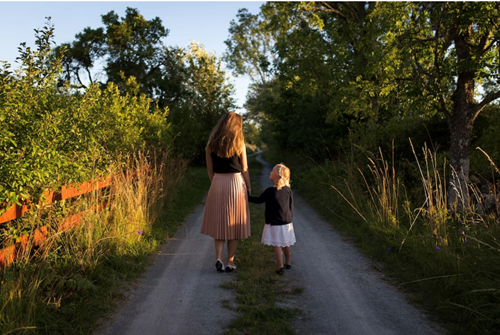How to Get Your Kids Excited about Saving the Planet’s Resources
Climate change and carbon net zero are hot topics in the UK at the moment, as we are becoming more and more aware of the limited resources of our planet.
It is vital that we bring up our children from an early age to recognise this too as learning about eco-friendly practices will ensure that future generations will do what is required to halt the decline of this planet.
Reuse and recycle

Perhaps the most obvious, and potentially easiest way of helping the planet is to throw away less and instead reuse or recycle items that can be utilised in this way.
For kids, this could be a fun craft activity that reuses plastic bottles, toilet roll innards, or any number of other household objects that would usually be discarded. Give them a box full of items and let their imaginations run wild as they come up with things they can make.
As they get older, they may even start to make things that are useful, such as jewellery boxes. That will also save on buying new, so you are not contributing to the pollutants used in the manufacturing and delivery process.
When it comes to recycling items, you could make it into a game and have colour-coded storage for each type of material (e.g. plastic, paper and cardboard, aluminium) and see who can fill the boxes first.
There are so many dry mixed recyclable items nowadays, that it is worth making yourself aware of what exactly can be recycled. You might be pleasantly surprised. Get your children to hold up and guess whether an item they want to throw away can actually be recycled.
Encouraging your children to recycle naturally, rather than throwing everything into one bin to go to landfill, means they won’t think twice about it and will just do it, probably for the rest of their lives.
Water and electricity consumption
The use of electricity is putting a strain on the planet’s finite resources, so making sure that lights are turned off, items are not left on standby, and are unplugged all help to cut down on what is used.
Designate your child, or children, as the people to keep an eye on this. Giving them the responsibility will mean they are less likely to waste electricity, and they will love getting one over on their parents if they spot something you have left on. Even better, these are called ‘vampire appliances’, and what could be more appealing than that to a child?
This may go against everything you understand as a parent, but suggesting your children take shorter or fewer baths and showers will help in reducing water consumption.
Wildlife friendly gardens

If you have a garden, then this is a great way to attract wildlife, which all contributes to the ecosystem on which the planet flourishes. Birds, bees, and other insects are all vital as they help to pollinate flowers and crops which produce food or purify the air around us.
Set up wormeries or ant hotels in your garden; after all, which kids don’t like getting muddy and seeing creepy crawlies?! These are ideal for composting garden and kitchen waste, as well as being fascinating to tiny minds.
Set aside a small area of the garden where your kids can plant seeds and learn to nurture plants and see them grow. To make it more interesting, have a fruit or vegetable plot so that you can all eat the produce. Children may be more encouraged to eat fruit or vegetables that they have grown themselves too, so it is win-win!
In fact, introducing more vegetarian or vegan meals into your child’s diet, and cutting down on meat and fish, will also help to save the planet’s resources, taking the pressure off and helping us all to live more sustainably.
If you don’t have a garden, you can still get your kids interested in growing by planting potted herbs or developing cress seeds, for which you only need a small space on a windowsill.
Walk or cycle more often

If you are able to cut down on car journeys and walk or cycle with your kids to toddler group, playschool, or even the shops, then this is an ideal way to cut down on your carbon footprint.
Again, you can make it more exciting by playing games along the way, getting your children to look out for certain objects, playing eye-spy; the opportunities are endless. Not only will they likely remember this time spent together, more than being stuck in a car, but it will also help to educate them in a fun way too.
Taking trips to the countryside and letting them explore their natural habitat will also ensure your kids take it all more seriously, as they will be able to see first-hand what they are trying to protect.
Getting out and about in the fresh air is also really good for children, as well as their adults, increasing oxygen to their brains and making them healthier.
Swap toys each month
A radical, but no less effective, idea is to get your children and their friends to swap toys every month. We all know that children get bored with their toys after a short amount of time, as their imaginations grow and they want something new and different to play with.
Rather than throwing them away or sending them to a charity shop and buying more, thus increasing the never-ending production circle, box them up and swap them with another family.
If you can get several parent-friends to buy into the idea, you will each have a wide variety of toys to swap about and your children will feel like it is Christmas every month!
Final thoughts
However you dress up saving the planet to get your kids excited, everything you do will be valuable in protecting the earth’s resources. With everyone working together towards this aim we have a better chance of succeeding and securing the future of the planet for future generations.